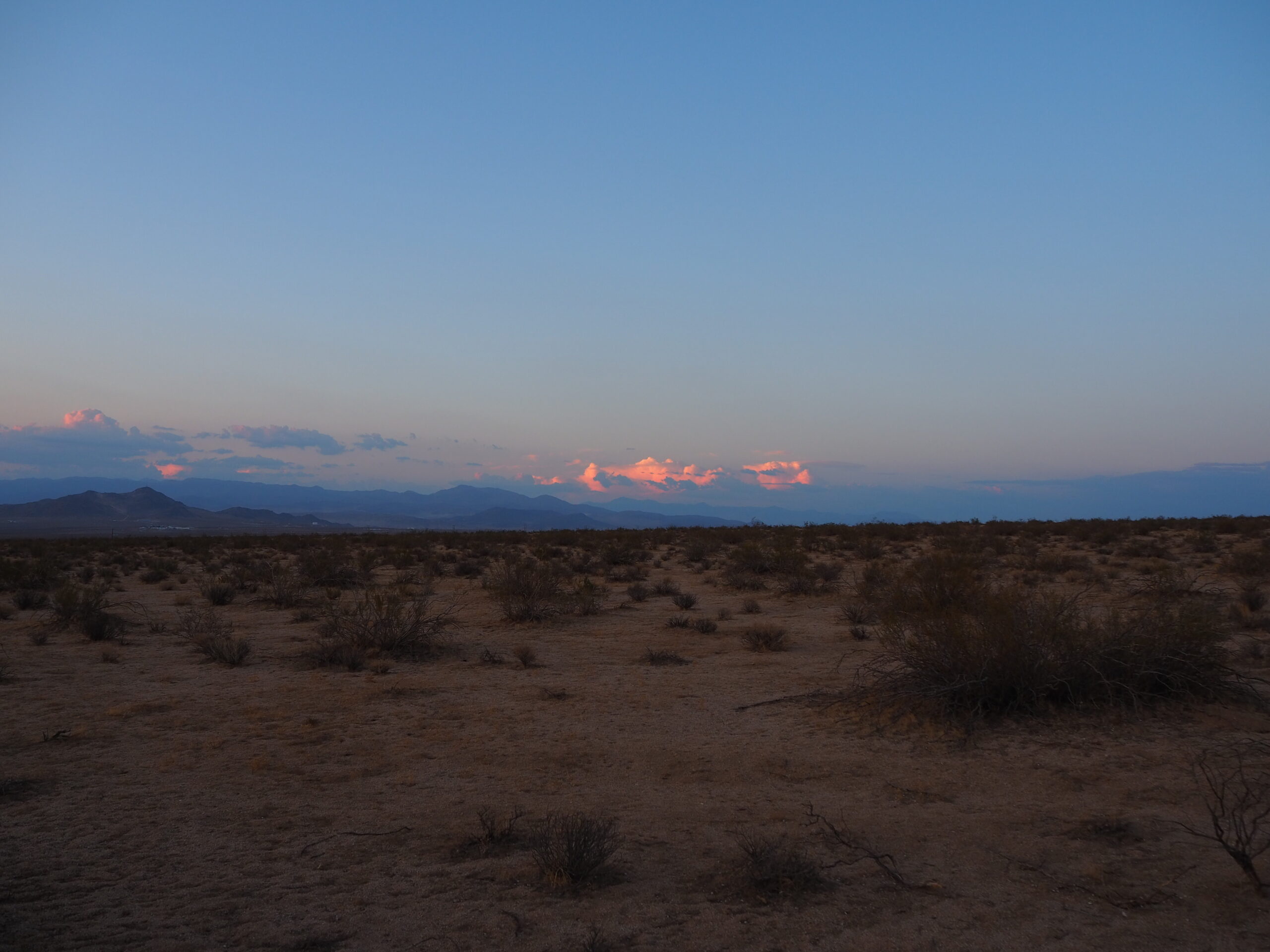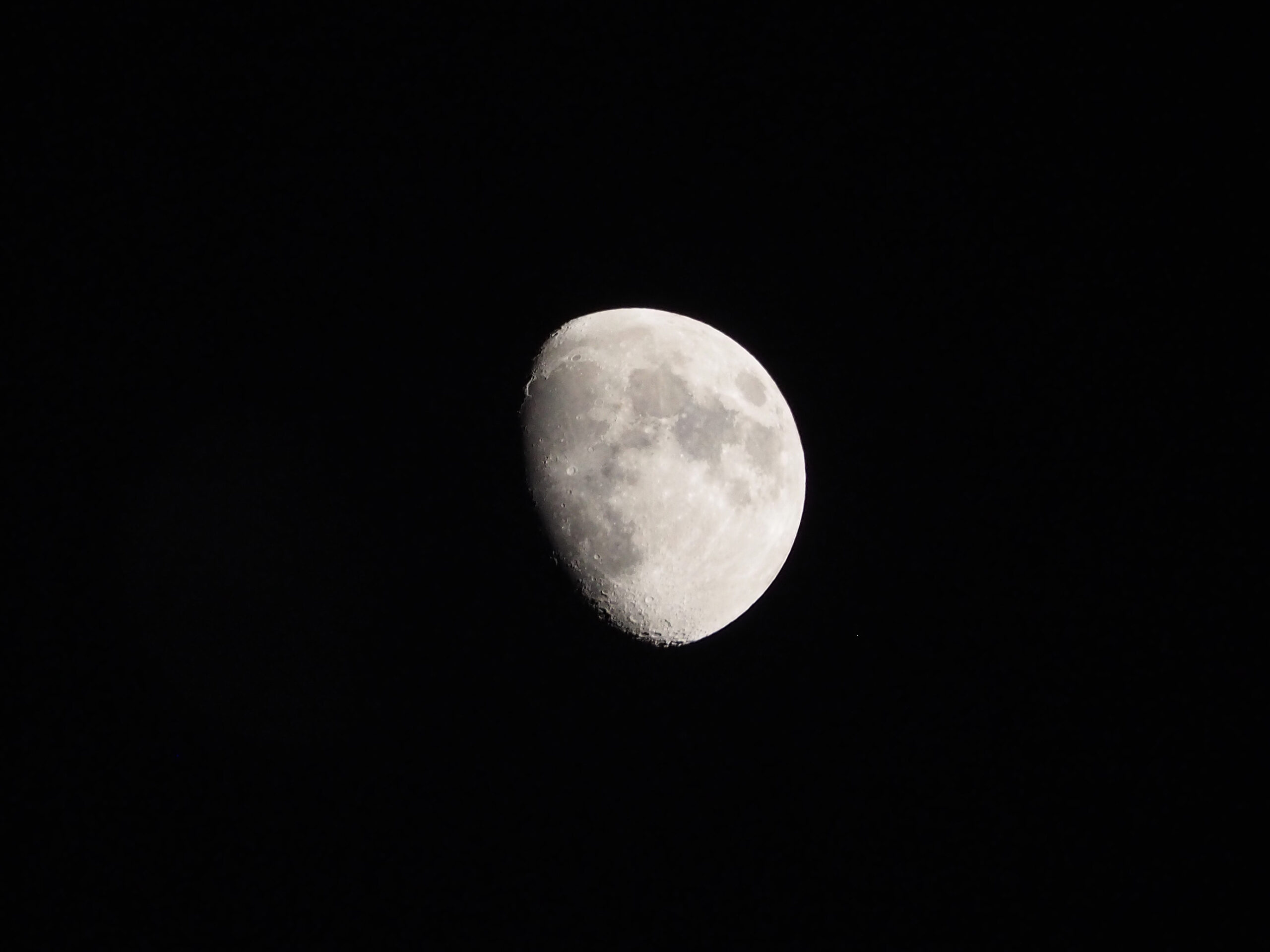
This month has been a great combination of honing research skills and gaining new experiences. In regard to skills, I have counted tens of thousands of seeds, created graphs and statistical analyses with Python, and, of course, spent plenty of time in the field. My two new major work experiences go hand in hand: overnight trips and live animal trapping. So far, I have spent the night out in the desert either for logistical reasons –too far to drive there and back in one day– or for trapping. It’s actually quite nice to work in the late evening; the sun is setting, so everything has a nice sunset hue, the temperatures are lower, and the desert itself is a little more active. Some of the more energetic evening wildlife I’ve seen are the bats in Utah, and the desert stink beetles (Eleodes sp.) all over the Mojave. These funny invertebrates walk around with their thoraxes in the air, ready to spray potential harassers. For sleep, I have elected both sleep inside our work truck, when it looked a little too cloudy for comfort, and under stars on clear nights. For those clear nights, I was taught to spread my tarp on flat even ground, without any rodent holes. The reason for this being that if you cover their holes accidentally, you will spend your night listening to the sound of constant escape attempts from these little critters. Speaking of little critters, these subterranean mammals can also be the bane of a research garden.
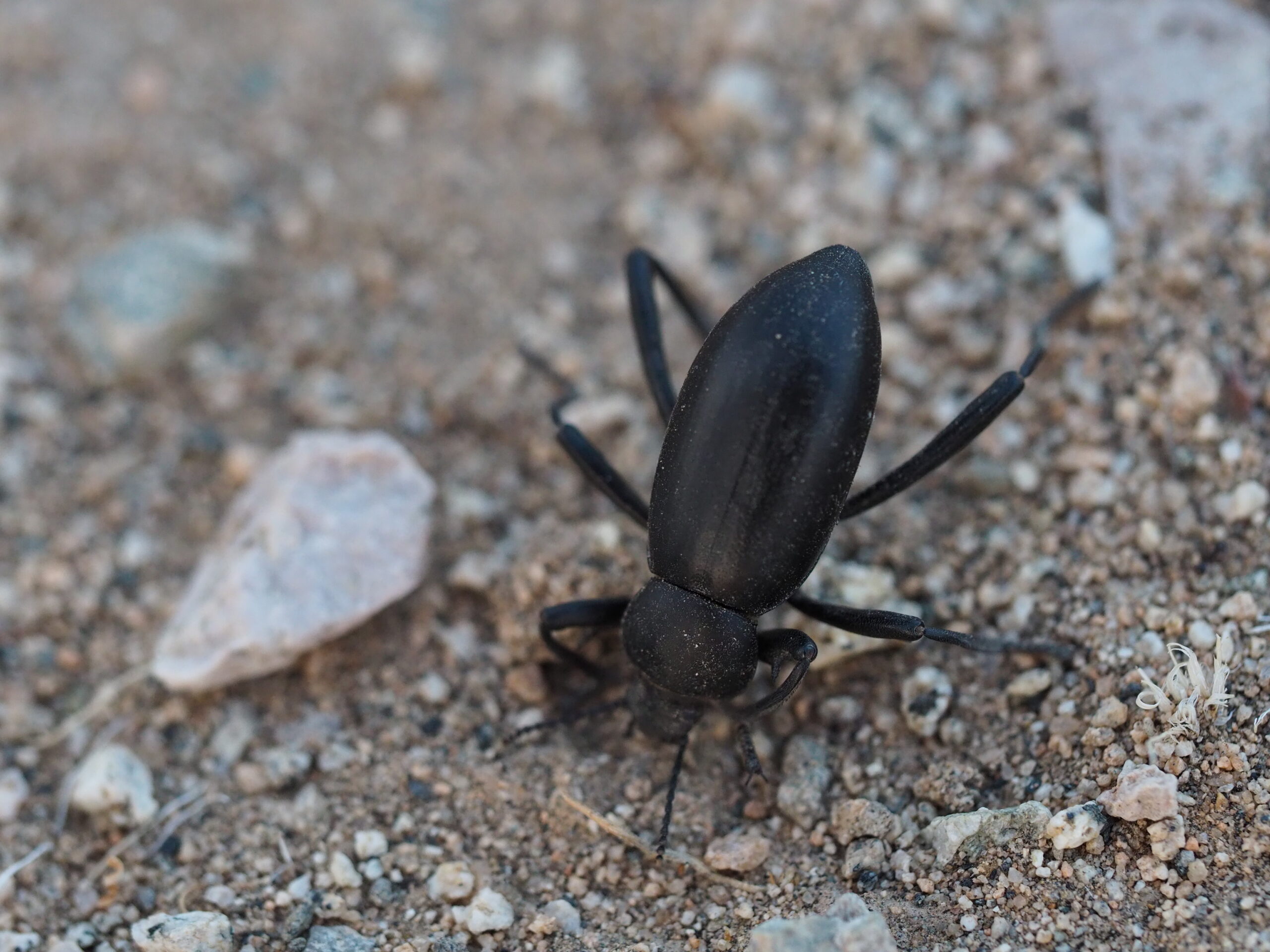
Over the past month, I have both trapped alongside regular plant assessments, as well as on trips with the sole purpose of removing rodents. These critters, kangaroo rats and pocket mice specifically (in the Heteromyidae family), can really tear up our precious plant specimens. They can chew off leaf tips, or even uproot entire plants. Despite our perimeter fence that surrounds the entire garden and even continues fairly deeply below the surface, sometimes these cuddly pests sneak inside. Luckily, we can deal with them humanely. At night we set rectangular traps with openings that shut when passed through by hungry rodents. We bait these boxes with birdseed, and in the morning we collect them, releasing any intruders far away from the garden. The “k-rats” and pocket mice are very cute, and hop away after release with surprising speed.
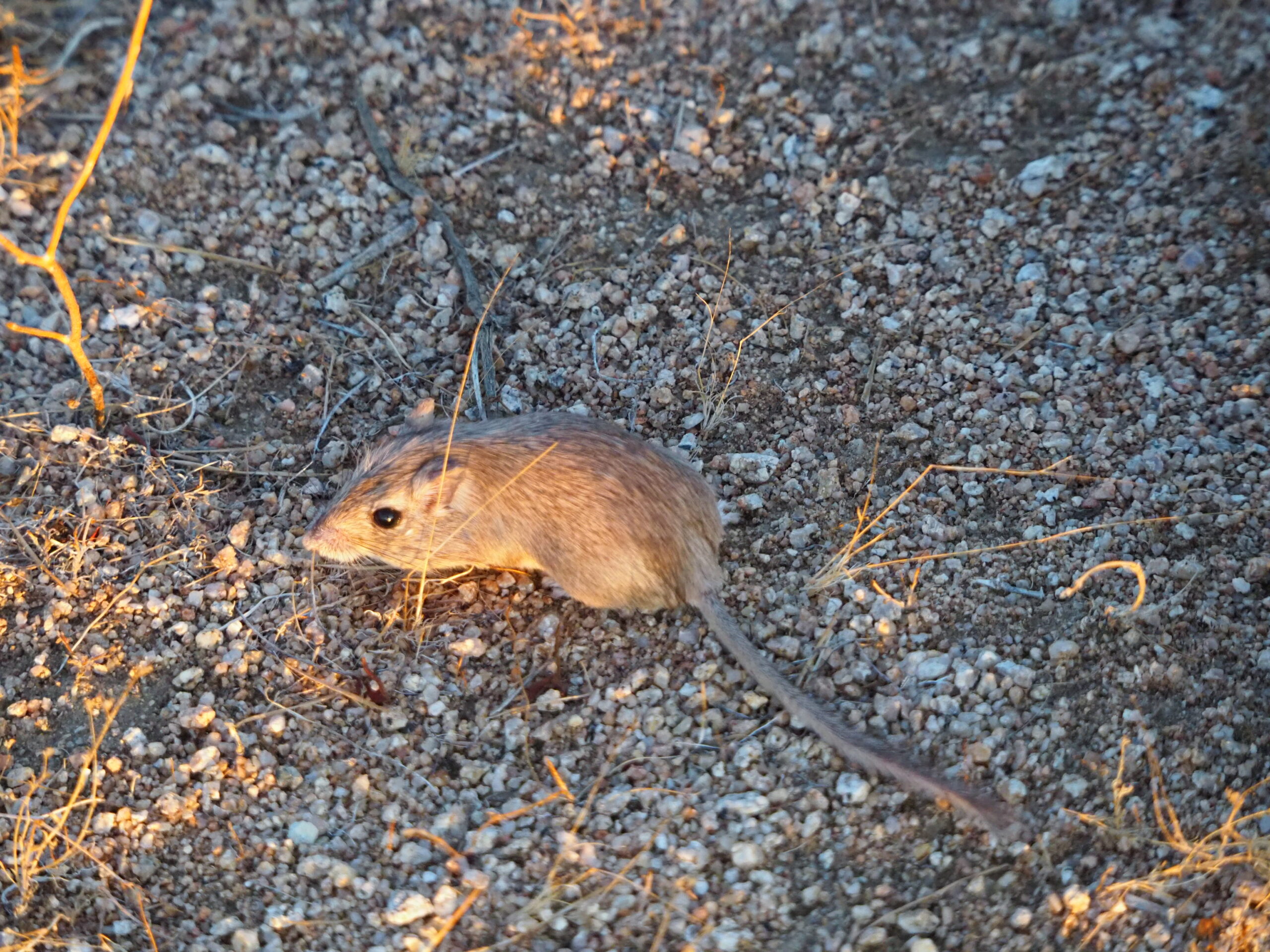
Young Kangaroo Rat 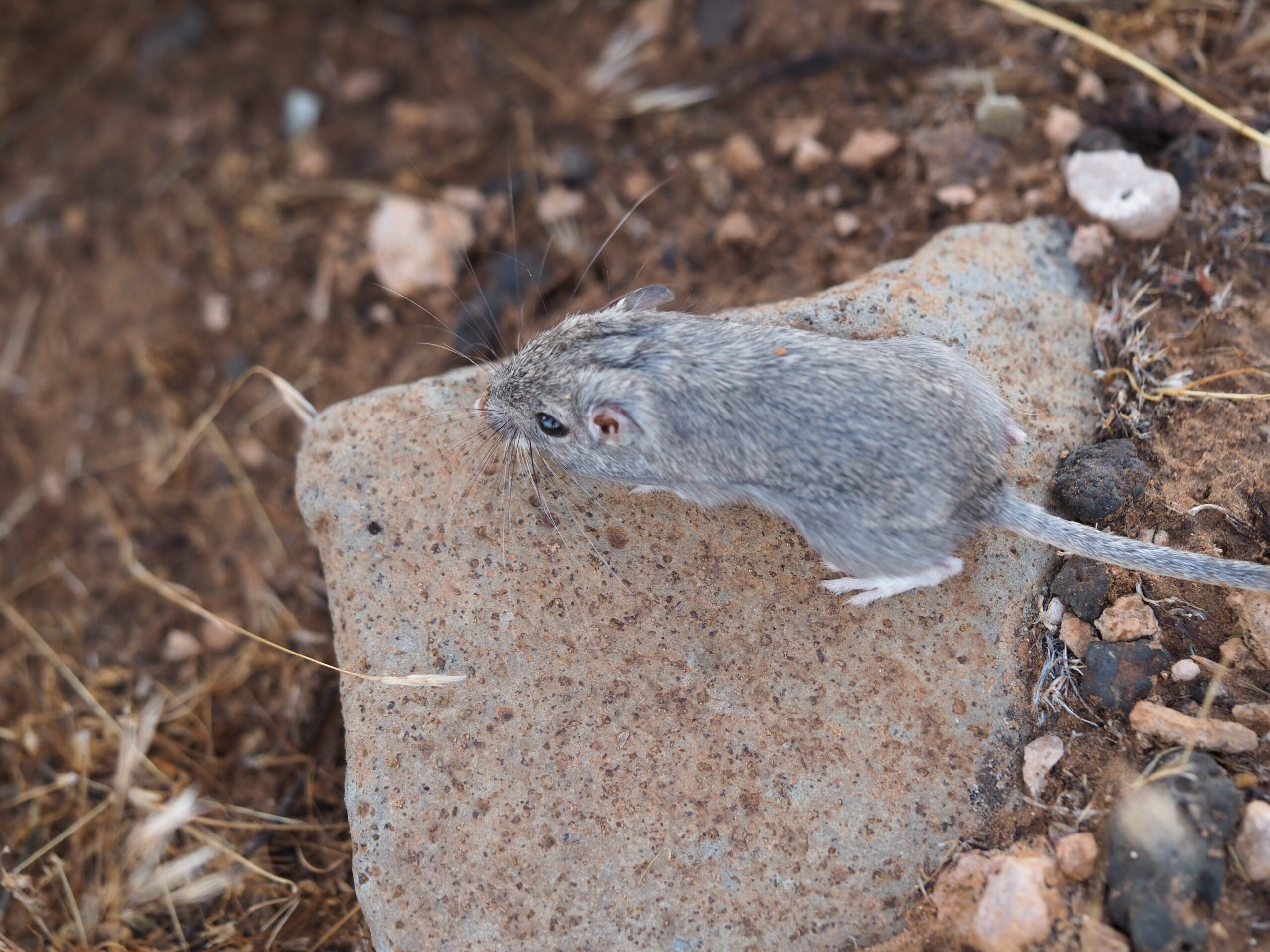
Pocket Mouse
In terms of just living out here in Vegas, I have continued to see a lot of amazing scenery and wildlife! There’s plenty of amazing sights within the city at wetland parks, and out in recreational areas like Red Rock and the Spring Mountains. Below are some of the neat stuff I’ve been lucky enough to see!
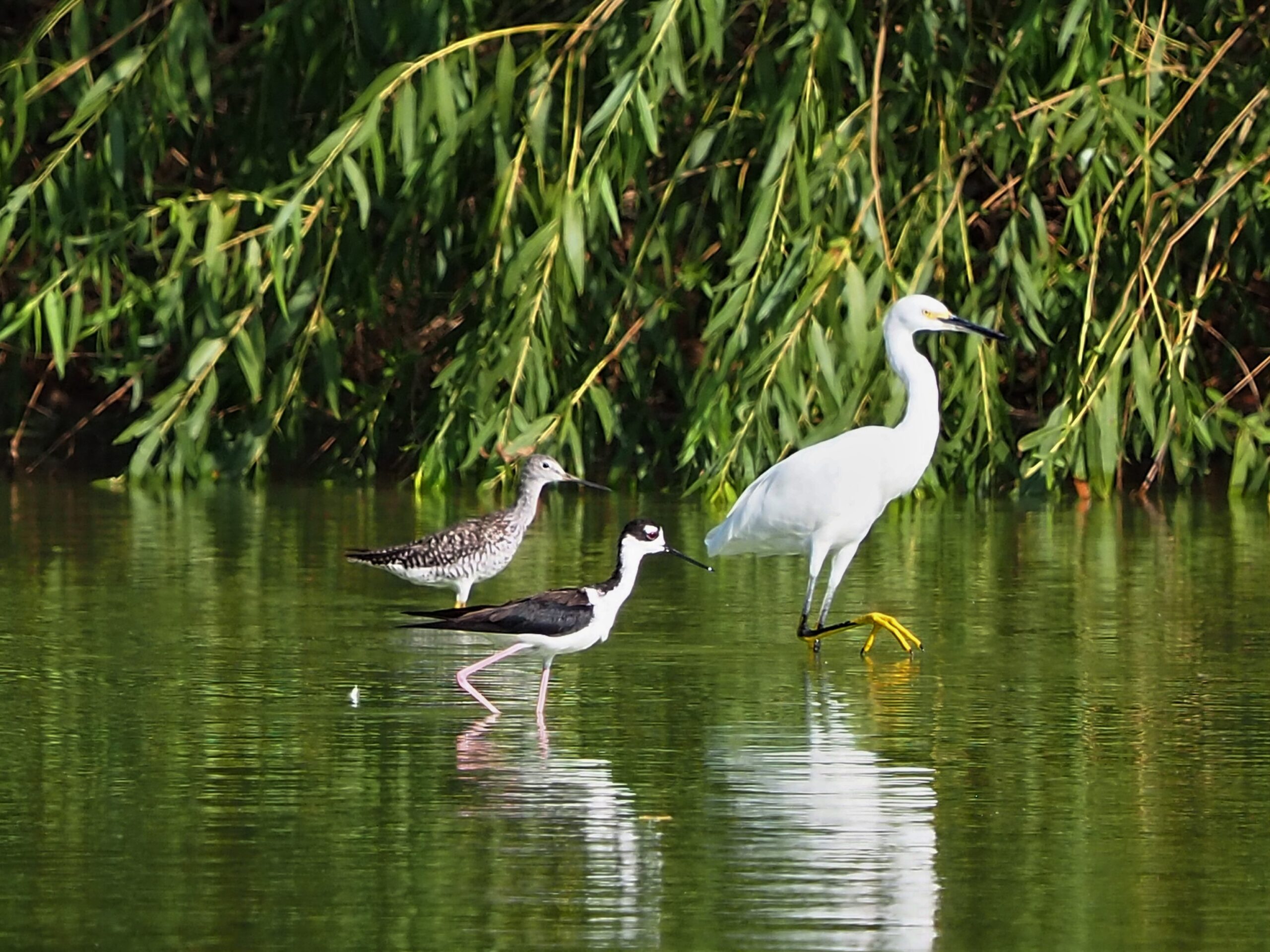
Greater Yellowlegs, Snowy Egret, and Black-necked Stilt 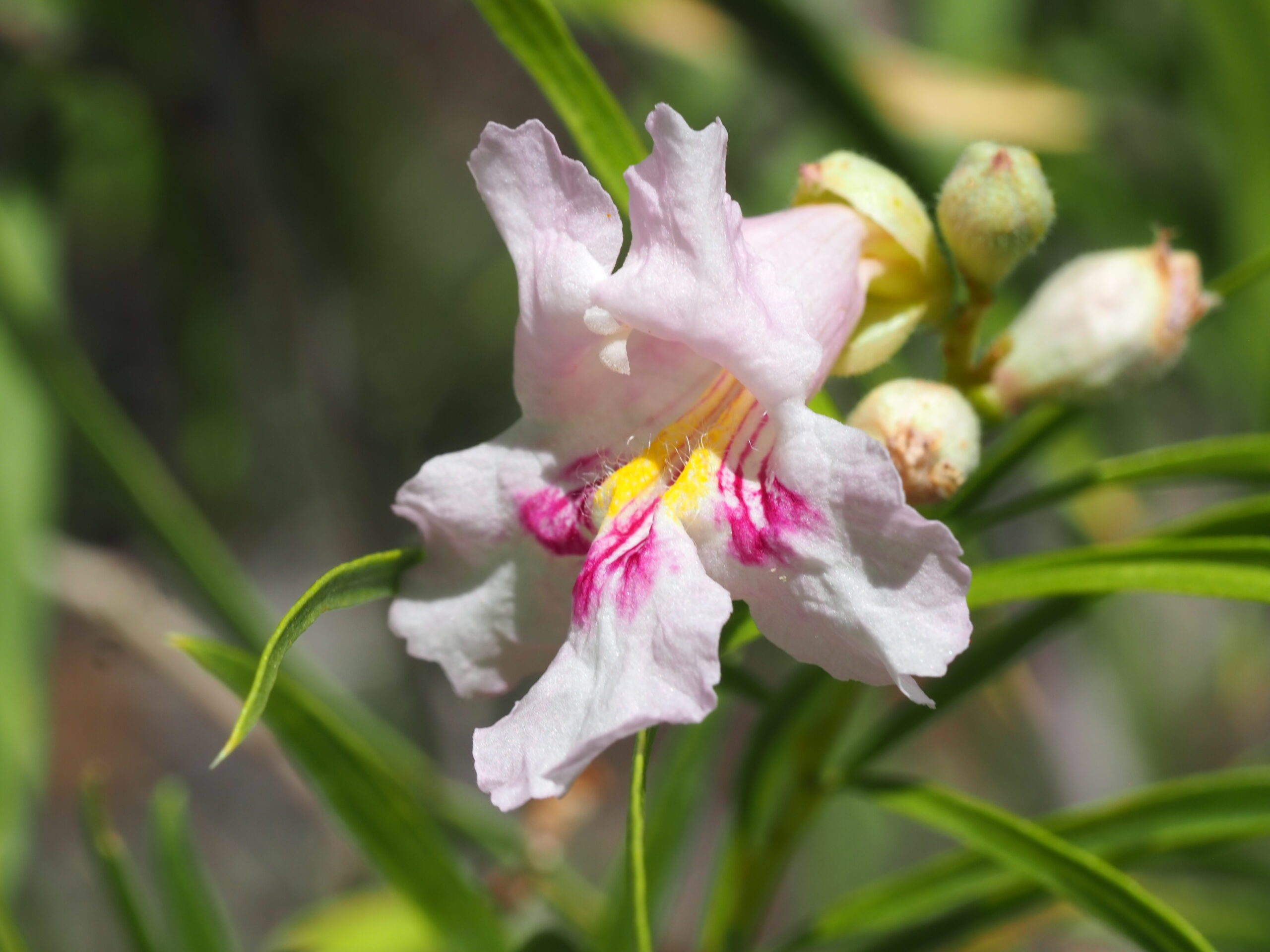
Desert Willow
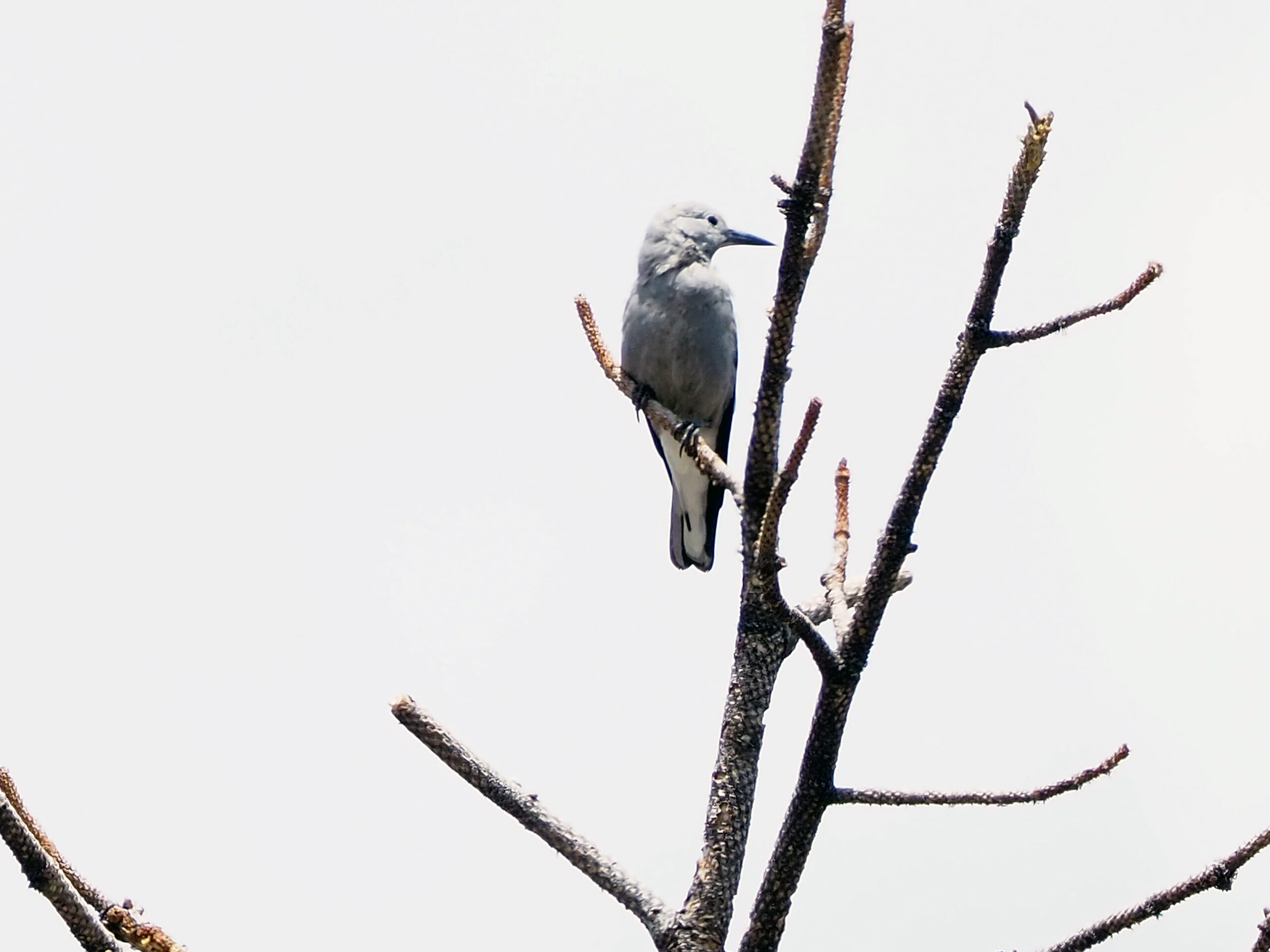
Clark’s Nutcracker 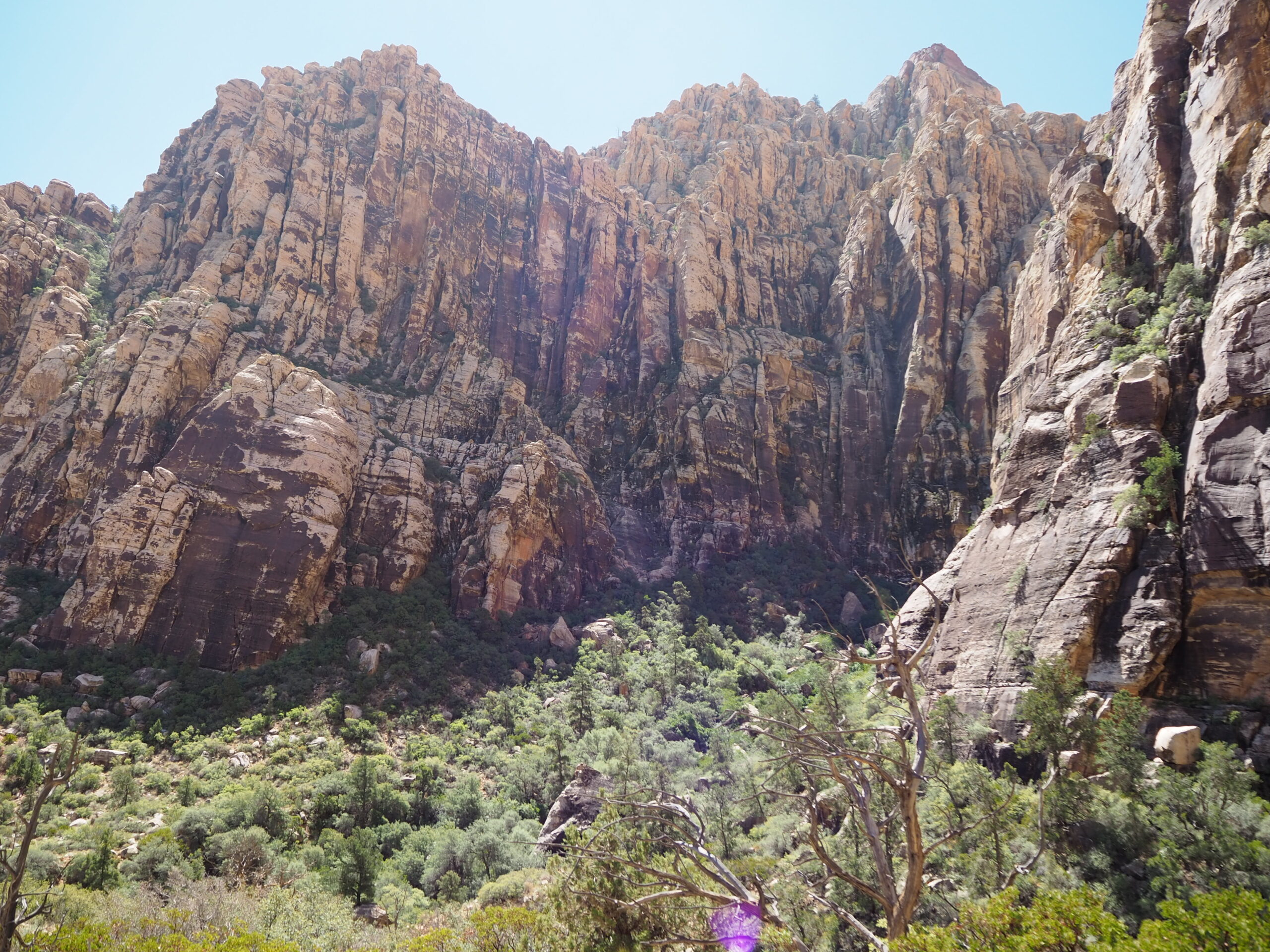
Icebox Canyon
Next month, beyond continuing field work, we begin our effort to plant even more Joshua Trees for research, so I plan to have a lot to talk about with that! Thanks for reading, see ya next month.
